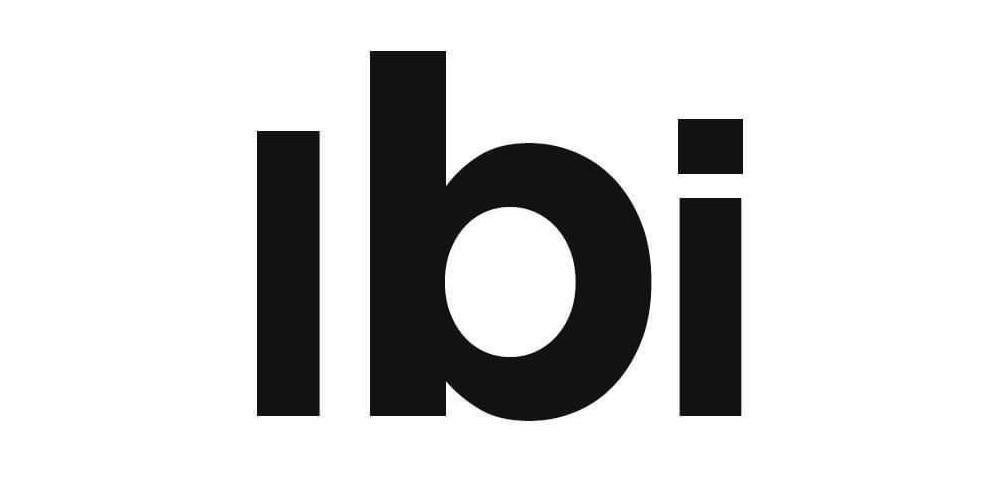Cosmetics encompass a wide range of beauty products and tools used to enhance one’s appearance, from makeup to skincare items. Beauty standards are societal or cultural expectations regarding physical appearance and attributes. They are a form of self-expression and personal care that have a profound impact on how individuals perceive and present themselves.
Cultural Diversity:
Cultural diversity refers to the variety of cultures, traditions, and identities that exist within a society or a global context. It encompasses different belief systems, customs, languages, and ways of life, making it a rich source of inspiration and influence in the beauty industry.
Beauty Standards:
These standards can vary greatly across different cultures and time periods, and they have a significant influence on individuals’ self-esteem and choices in cosmetics.
Inclusivity:
Inclusivity in cosmetics is about creating products and marketing that cater to people of all backgrounds and identities. It involves considering a wide range of skin tones, beauty ideals, and cultural influences to ensure that everyone feels represented and valued in the beauty industry.
Cosmetic Industry:
The cosmetic industry is a thriving global sector that produces and markets an array of beauty products. It continually evolves to adapt to shifting consumer preferences, technological advancements, and cultural diversity, making it a dynamic and influential field.
Global Beauty:
Global beauty represents the amalgamation of beauty practices and ideals from around the world. It reflects the rich tapestry of cultural influences and traditions that shape people’s perceptions of beauty.
Cultural Influences:
Cultural influences play a pivotal role in shaping beauty ideals, from the preference for certain skin tones to specific makeup trends. These influences create a diverse and ever-evolving landscape in the beauty world.
Beauty Ideals:
Beauty ideals are the standards of physical attractiveness that vary across cultures and societies. Understanding and celebrating diverse beauty ideals is essential for promoting inclusivity in the cosmetics industry.
Skin Tones:
Skin tones are a significant aspect of beauty diversity. The range of skin tones, from fair to deep, presents an opportunity for the cosmetic industry to develop products that cater to a wide spectrum of people.
Makeup Diversity:
Makeup diversity encompasses the availability of cosmetics designed for different skin tones and types, offering a variety of shades, formulations, and products that allow individuals to express themselves authentically.
Cultural Representation:
Cultural representation in the beauty industry involves showcasing diverse models and promoting beauty ideals from various cultures. This fosters a sense of belonging and appreciation for one’s cultural heritage.
Cosmetic Products:
Cosmetic products encompass an extensive array of items, including foundations, lipsticks, skincare serums, and more. These products serve as tools for individuals to express themselves and enhance their natural beauty.
Beauty Traditions:
Beauty traditions are customs and practices related to personal grooming and aesthetics that are specific to various cultures. These traditions offer insights into the rich history of beauty rituals worldwide.
Multicultural Beauty:
Multicultural beauty celebrates and integrates the beauty practices and ideals of diverse cultural backgrounds, allowing individuals to explore and appreciate different traditions and aesthetics.
Beauty Acceptance:
Beauty acceptance emphasizes the importance of embracing one’s natural appearance while using cosmetics as a tool for self-expression. It promotes the idea that beauty comes in various forms and is not limited to any particular standard.
Makeup Trends:
Makeup trends constantly evolve, reflecting changes in cultural influences, societal norms, and technological advancements. Staying attuned to these trends allows individuals to experiment with new looks and styles.











